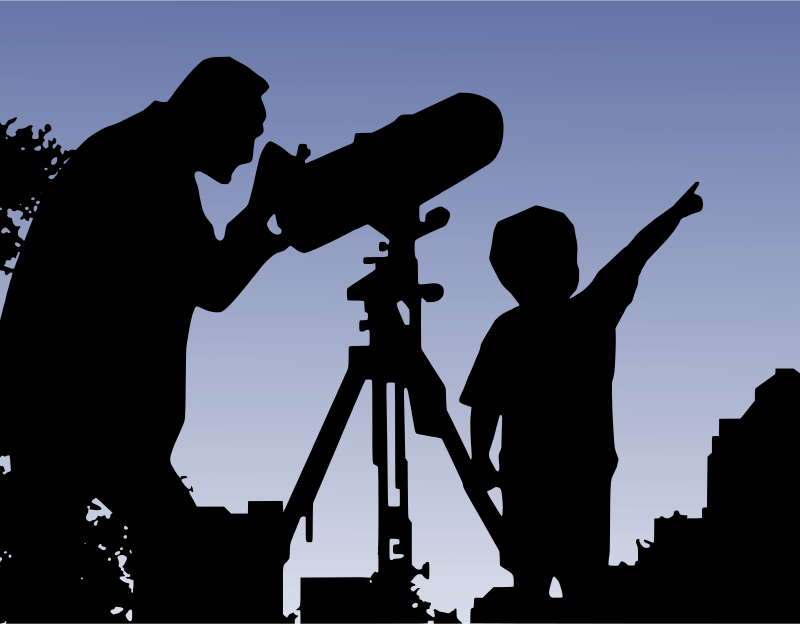March will bring us warmer weather, shorter nights and lots of things to look for on the night sky.
The Moon
Watching the Moon go through different phases is a great family activity. The children are always fascinated by the different shapes the Moon makes on the sky throughout the month. Why not make or download a simple Moon chart to help you keep the records of your observations? Dates for the diary: Full Moon on March 2, Third Quarter on March 9, New Moon on March 17, First Quarter on March 24, then another Full Moon on March 31.
If the phases of the Moon are not what you are after, then the Moon is not your best friend. Try to plan your stargazing night out around the New Moon, between March 13 and 21, when the sky is the darkest.
Zodiacal Light
Look West after the sunset in the first few weeks of March before the New Moon. You will see a faint glowing triangle or a band of light going from the horizon up. That’s Zodiacal Light! Zodiacal light is a sunlight reflected by the cosmic dust in the Solar System. It can be seen twice a year: in Spring on the late evening sky in the West, and in the Fall on the early morning sky in the East. Try and find the darkest location you can to observe the phenomenon.
Planets
Look out for Mercury and Venus on the late evening sky and for Mars, Jupiter and Saturn on the early morning sky.
Meteors and meteor showers
When it comes to meteor showers, March is the most boring month of the year in the Northern Hemisphere. We will have to wait until April to see the next celestial firework! But don’t despair! There will be quite a few bright single meteors (they are called fireballs) dashing across the sky this March. If you see one, please report it to the International meteor organization.
Equinox
Spring equinox (also called March Equinox or Vernal Equinox) is the moment when the Sun is directly overhead on the Earth’s Equator. It is an official start of Spring in the Northern hemisphere and Autumn in the Southern hemisphere. It will happen on March 20. On that day the night will last approximately as long as the day. Sounds like something to look forward to!
Finally, try and spot the International Space Station
If you’ve never done any stargazing before, why not join your local observatory or astronomical society for an open night or even public talk. For example,
The Astronomy Centre (Todmorden OL14 7HP) offers public talks and stargazing events every Saturday 7.30pm – 11.30pm. The Chesterfield Barnett Observatory (Chesterfield S41 8RH) welcomes visitors every Friday from 8pm. Institute of Astronomy of the University of Cambridge (Cambridge CB3 0HA) runs public evenings every Wednesday this March 6.45pm – 9pm. You can find the full list of the UK observatories here. Or, if you are more of an indoor person, visit our mobile planetarium and watch the sky projected inside our huge inflatable dome!
Happy stargazing!

